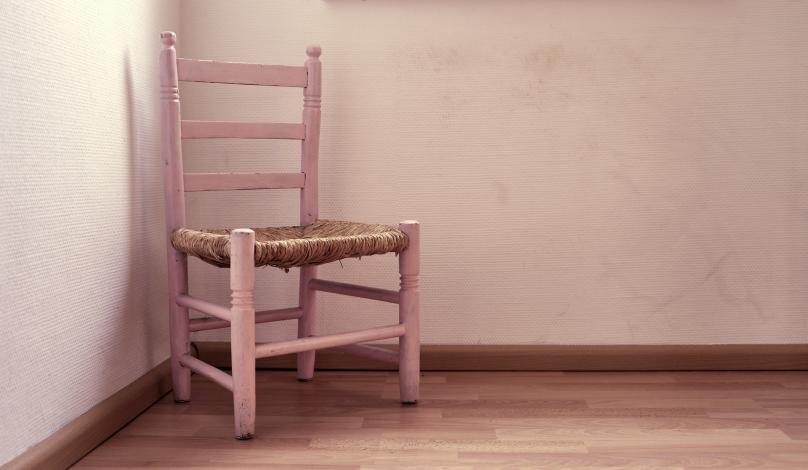How to Keep a Child in Timeout
This post contains references to products from one or more of our advertisers. We may receive compensation when you click on links to those products. Terms apply to the offers listed on this page. For an explanation of our Advertising Policy, visit this page.
Timeout can be frustrating - the following tips should help.
Putting your child in timeout is one of those frustrating things that you have to do as a parent. You likely don’t want to put your kid into timeout - it would be much easier not to. Sometimes you may feel bad about having to put them there as well. While putting a child in timeout in general isn’t the most fun, getting them to stay there can also be a frustrating experience and really test your patience as well.
Timeout is one of the tools that you may use as a parent to take care of disciplining your child. When they aren’t listening or are doing things that they’ve been told not to do (perhaps hundreds of times), you’re going to put them in timeout so that they can think about what they’ve done wrong. Rather than staying in the timeout location, they’re likely to try to get out or scream while there. Timeout can be frustrating. Below are a few tips to help make timeout work better.
Keep toys and other distractions away from timeout location
Timeout needs to be in a location that is away from the main action of the home, and away from toys and other distractions. If you have toys close by, there’s a good chance that your child will take them to play with or else use them to throw at you if they’re really upset. Simply keep the toys away from the location where timeout is to help avoid the issue completely.
If you have other kids, make sure timeout is in a location that’s away from the usual playing spots of those kids. The point of timeout is for your child to think about what they’ve done wrong and if they’re simply being distracted by the other kids, it defeats the purpose. Putting them in a corner is quite common, but if you have another isolated location then that will work as well.
Don’t give in to your child’s screaming
If your child likes to scream while in timeout, let them do so. There’s no reason for you to get into it with them when screaming. All they are doing is trying to get your attention to talk with them and to listen to them. Timeout should be a time that they are disciplined for whatever got them there in the first place. Let your child have their tantrum on their own as long as they’re staying in the timeout location.
As your child grows older, you can potentially add additional time if your child refuses to stop screaming while in timeout. This will teach your child that taking their punishment is done quickly if they will sit quietly and actually think about what they’ve done. There comes an age for children that they understand the difference between screaming for attention vs. just wanting out. A 7 year old that just screams the whole time should be left in timeout longer as they know what they’re doing is wrong.
Put your child back in timeout if they come out
If a child leaves the timeout location, make sure that you put them back into timeout. If you let your child wander out of timeout whenever they want, they’re not going to take it seriously. They know that they can come out at any time and you won’t do anything about it. It really defeats any purpose of using timeout.
This is another case where you can reset or add time if your child does leave timeout as they get older. If you’ve never used timeout before or your child is still young, then adding additional time doesn’t make sense. If your child is old enough to understand that there is a consequence for coming out of timeout, then go ahead and use it accordingly.
Continue to use timeout
Be persistent. Just because timeout doesn’t seem to be working doesn’t actually mean it’s not. It may take several months and lots of screaming before your child will start to respond to timeout. Don’t give up on it just because you’re not seeing results immediately. Persistence is always important in parenting and there’s no difference in this scenario.
Conclusion
Timeout can be an effective method for disciplining children. Be persistent, keep your child in timeout for the amount of time you’ve determined, and make sure they stay in the timeout location. Ultimately, your child will respond to the discipline if you stick with it.





